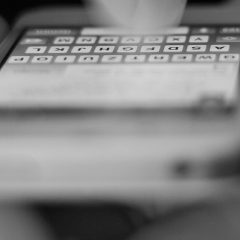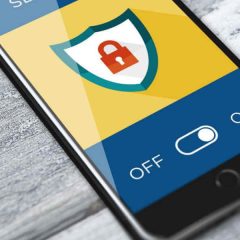SMS Authentication: All Pros and Cons Explained
It’s delightful to see that more and more websites, apps and services employ MFA and even make this type of log-in protection a mandatory feature. What makes us a bit concerned, is that a huge portion of those websites still opt for SMS 2fa. Despite the facts that SMS verification has too many limitations and has been proven to be a lot less secure as any other two-factor authentication method. In fact, NIST (the National Institute of...
Data Protection in Universities under GDPR
Educational institutions and their data protection departments handle and process a huge volume of personal data. Confidential information about employees, students, and applicants is often stored in databases with an extremely low level of data protection. Most institutions pay too little attention to potential dangers of a data breach. Along with that, the budgets for data protection in universities leave much to be desired. But...
General Data Protection Regulation Summary
May, 25 will certainly be a key date for the history of the European Union. On this day, the new version of General Data Protection Regulation (GDPR) will take full force. It expands both Controllers and Processors’ commitments to the data privacy issues. According to the rules this document activates, all the companies and organizations across the EU will have to enhance their transparency and accountability measures. To put it...
10 Steps to Eliminate Digital Security Risks in Fintech Project
Any kind of project can be of potential interest to attackers, since the information stolen in an attack can be turned into cash. In the case of financial projects, though, an attack usually results in attackers transferring user or system funds to an unknown location. This eliminates the extra steps it would otherwise take them to reach their ultimate goal. Regardless of what stage your fintech project is at, it’s never a bad...
10 Basic BYOD Security Rules
Up to now, not everyone knows what is BYOD (bring your own device). But anyone who uses a personal laptop or smartphone to gain access to corporate resources uses this technology even though may have no idea about it. This trend gradually penetrates even the “classic” offices, not to mention the companies whose employees work distantly! The “bring your own device” concept emerged in the early 2000s. But an...





